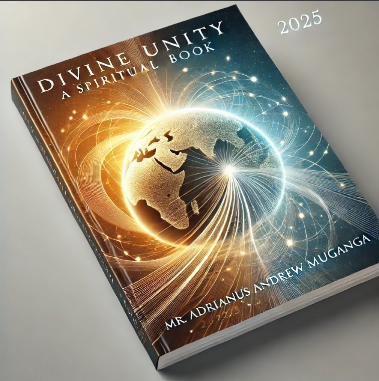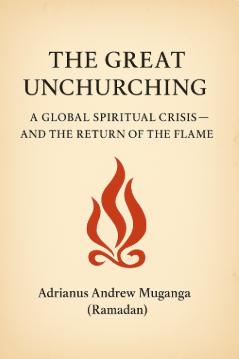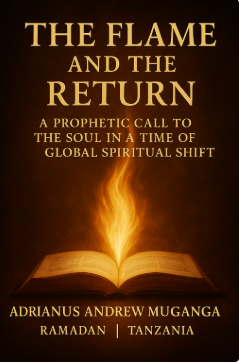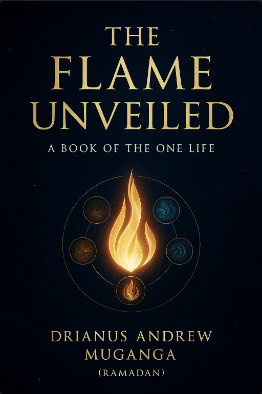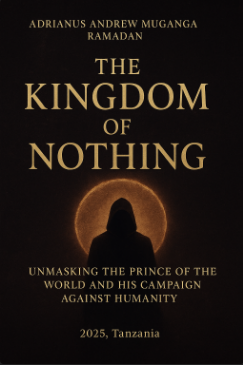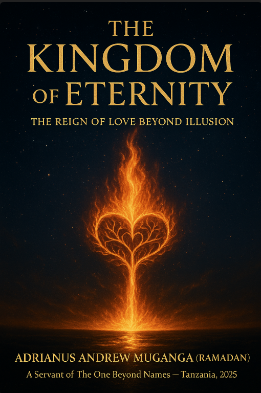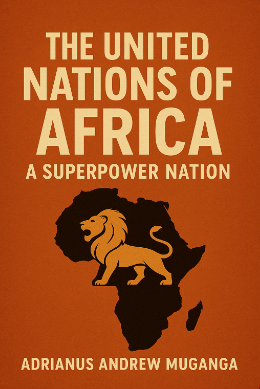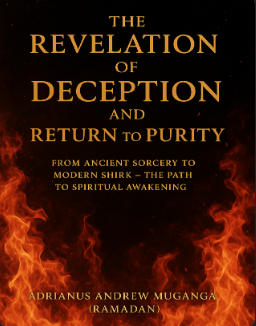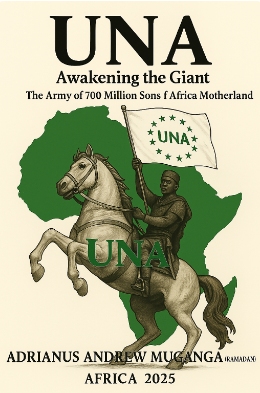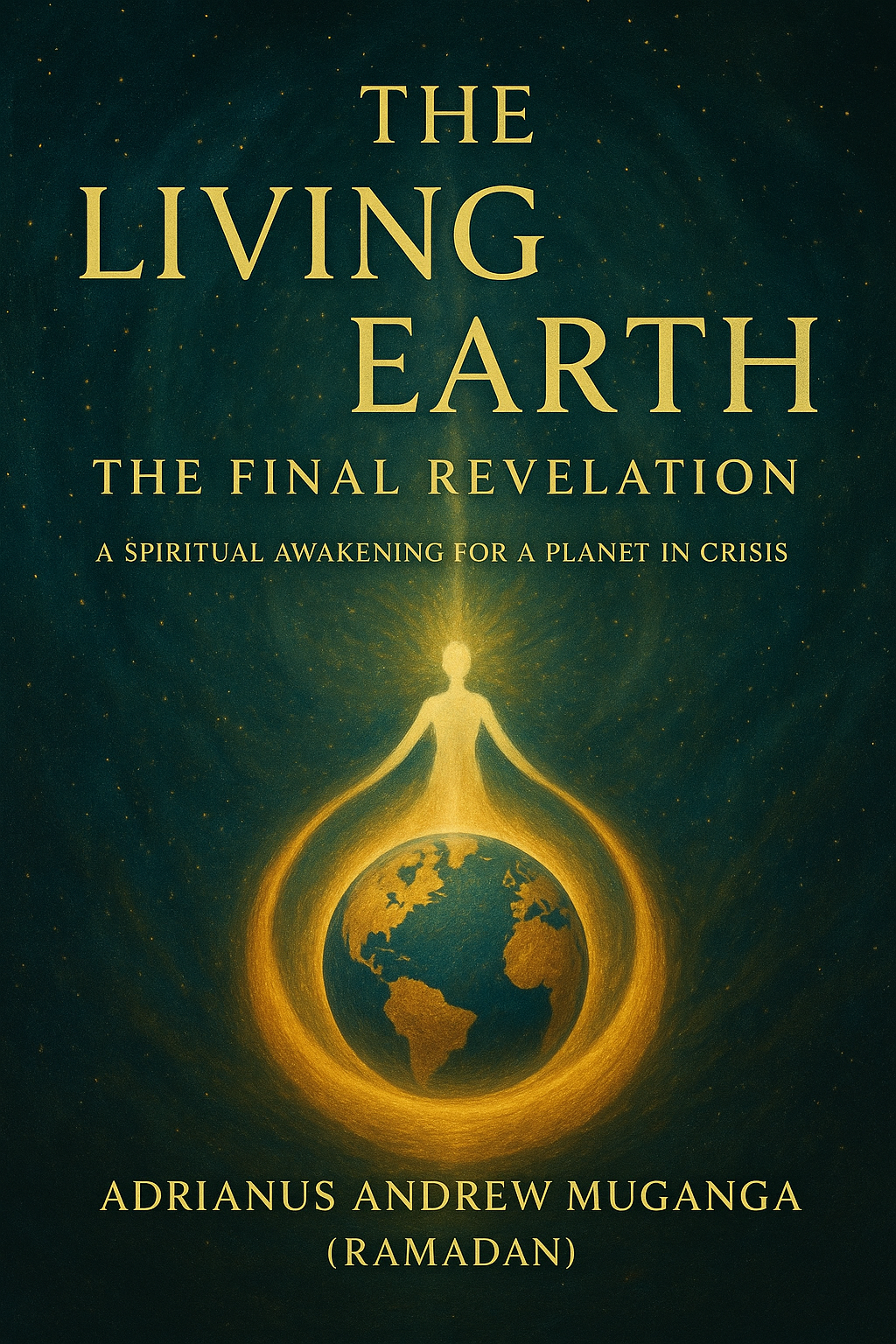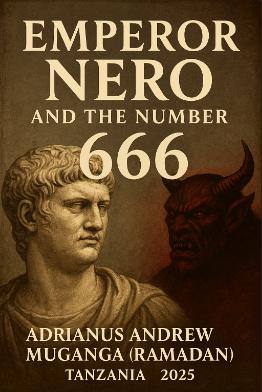
Emperor Nero and the Number 666: History and Revelation — From Rome to the Beastly Powers of Today
Subtitle: Unmasking The Spirit Of The Beast From Ancient Rome To The 21st Century
Author: Adrianus Muganga
This paper explores the link between Emperor Nero and the mysterious number 666 in the Book of Revelation, tracing its origins through historical events, biblical symbolism, and the practice of gematria. Nero’s reign of terror — marked by murder, forced suicides, the Great Fire of Rome, and the persecution of Christians — made him the archetypal “beast” for early believers. Yet Revelation’s warning is not confined to the first century. The spirit of the beast resurfaces throughout history wherever rulers exalt themselves as gods, oppress the weak, and corrupt nations with arrogance and fear. In the 21st century, this beastly spirit can be discerned in authoritarian leaders, secret societies, and global systems of control. The paper concludes with a prophetic call, especially to Africa, to resist darkness and embrace light, unity, and destiny — choosing God’s eternal kingdom over the powers of the beast.
Keywords for this book
You can only order 1 ebook at a time
Book summary
Introduction: A Beast from History Few names in world history strike such a chord of fear, intrigue, and mystery as Emperor Nero. Ruler of Rome from 54 to 68 CE, Nero’s reign became infamous for cruelty, extravagance, and violent suppression. He murdered rivals, forced suicides upon allies and mentors, and turned Rome into a theater of terror. Yet his infamy does not rest on history alone. In the Book of Revelation, one of the most mysterious symbols in Scripture — the number 666, the mark of the beast — has long been connected to Nero. This book-length study reveals how Nero became the first calculation of the beast, how his spirit still operates in the world today, and how humanity must choose between darkness and light in the 21st century. Part I: The Historical Nero Nero Claudius Caesar Augustus Germanicus came to power at the age of 16, supported by his mother Agrippina and wise advisers like the philosopher Seneca. His early rule promised moderation. Yet ambition, paranoia, and unchecked power soon transformed him. Key episodes defined Nero’s tyranny: Matricide: He orchestrated the murder of his own mother, Agrippina, once her influence became inconvenient. Political Purges: He forced suspected rivals and conspirators into suicide, including Seneca, his former tutor. The Great Fire of Rome (64 CE): Whether he caused it or not, Nero used it to his advantage. He built his lavish Domus Aurea palace on the ruins, and scapegoated Christians, launching one of history’s first state persecutions against them. By 68 CE, Nero was declared an enemy of the state and abandoned by his guards. Facing capture, he took his own life. Yet his story did not end with his death. Part II: The Birth of 666 The Book of Revelation, written in the late first century, introduced the mysterious command: “Let the one with understanding calculate the number of the beast, for it is the number of a man: 666.” Through gematria, the practice of assigning numerical values to letters, the puzzle becomes clear. When “Nero Caesar” is written in Hebrew letters (נרון קסר / Neron Kaisar), the total equals 666. Some ancient manuscripts record 616, reflecting a variant spelling of Nero’s name (Nero Caesar without the final n), but both point to the same emperor. For early Christians, Nero was not only their persecutor — he was their beast. Revelation gave them a coded way to speak of him under Rome’s watchful eye. Part III: The Beast as a Spirit But Revelation is not locked in the first century. Nero was the first beast, not the last. The number 666 becomes a symbol of the spirit of the beast — a recurring pattern in history whenever rulers exalt themselves as gods, oppress the weak, demand loyalty through fear, and corrupt society with arrogance and greed. This beastly spirit is not merely political. It is spiritual, economic, and cultural. It disguises itself in systems that appear progressive or inevitable, but in reality, strip humanity of freedom and dignity. The true warning of Revelation is not just about Nero, but about every age where the beast rises again. Part IV: The Beast in the 21st Century Fast forward two thousand years, and the shadow of Nero still looms. In the 21st century, the beastly spirit can be unmasked in three major forms: Authoritarian Leaders Leaders who consolidate power through fear, eliminate rivals, silence dissent, and scapegoat minorities mirror Nero’s tactics. They embody arrogance, cruelty, and the demand for loyalty above truth. Secret Societies and Hidden Networks Beneath governments, hidden structures and alliances — some elitist, some global — operate in secrecy. These networks manipulate economies, politics, and even cultural narratives, carrying the same “beastly” goal: control, deception, and dominance. Global Systems of Control Economic exploitation, digital surveillance, and cultural manipulation are the modern equivalents of Rome’s iron grip. They mark humanity not with literal numbers, but with systems of dependence that reduce people to consumers, workers, or subjects — rather than children of God. In this way, the beast of 666 is not only historical. It is alive in today’s world. Part V: Africa at the Crossroads For Africa, the beast takes on another form — the constant whisper that the continent is weak, divided, and incapable of unity. This lie echoes the same beastly spirit that seeks to enslave nations in fear and exploitation. The dream of a United Nations of Africa (UNA) offers a prophetic alternative. Instead of division and dependency, Africa can rise in unity, dignity, and destiny. But the same powers — both within and outside the continent — resist this dream, echoing the ancient beast’s tactics to keep Africa chained. Part VI: Darkness or Light At the heart of this message lies a choice. Revelation’s warning about Nero and 666 is not about endless speculation, but about discernment. Humanity must see through the masks of power and choose whom to follow. The author frames this choice through two companion works: Darkness → The Kingdom of Nothing (the emptiness of beastly power). Light → The Kingdom of Eternity (the eternal reign of God). Each generation stands at this crossroad. The beast rises again, but so does the call to faith, discernment, and resistance. Part VII: The Final Call This book concludes not with fear but with hope. The beast has a number. Its days are counted. But God’s people have a destiny — to resist, to remain faithful, and to walk in the light of eternity. The story of Nero and 666 is more than history. It is prophecy, warning, and invitation. To read it is to awaken to the patterns of tyranny and corruption in every age. To act upon it is to stand against the beast of today and embrace the kingdom that cannot be shaken. Closing Reflection From Rome to our own century, the choice has not changed. Will we bow to the beast, or rise in the light? Will Africa remain chained, or will it claim its prophetic destiny? Will humanity allow itself to be marked by fear and control, or sealed by the eternal Lamb? The answer is not written by history. It is written by us. The time is now. The message is clear.
